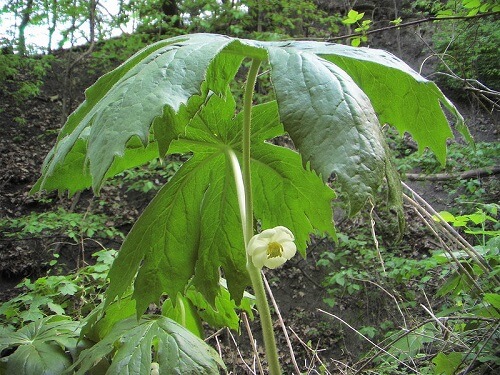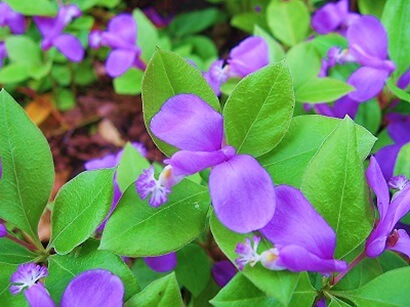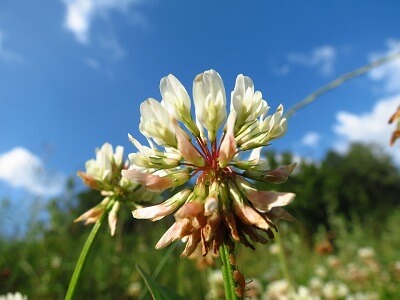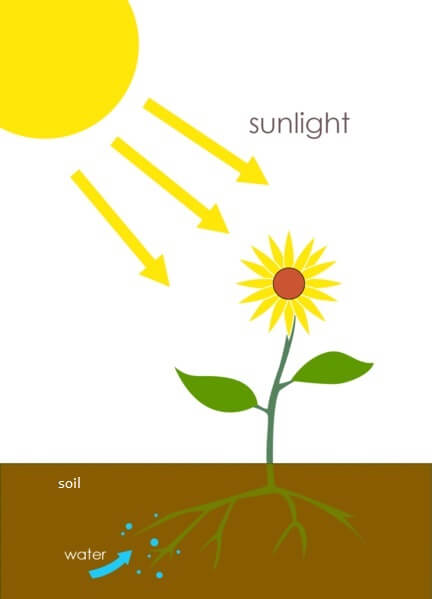 Plant Nature Study I
Plant Nature Study I
Plant Nature Study I
Plant Nature Study I




 Plant Nature Study I
Plant Nature Study I
Plant Nature Study I
Plant Nature Study I

Study the lesson for one week.
Over the week:
Plants and Seeds:
What do seeds need to grow into plants?

Activity 1: Narrate the Story
Activity 2: Conduct an Experiment - Which Soil is Best for Beans?
Materials:
Instructions:
Activity 3: Complete a Field Book Entry

As you conduct your experiment, complete page 18 in 'Science Field Book for Third Grade.'